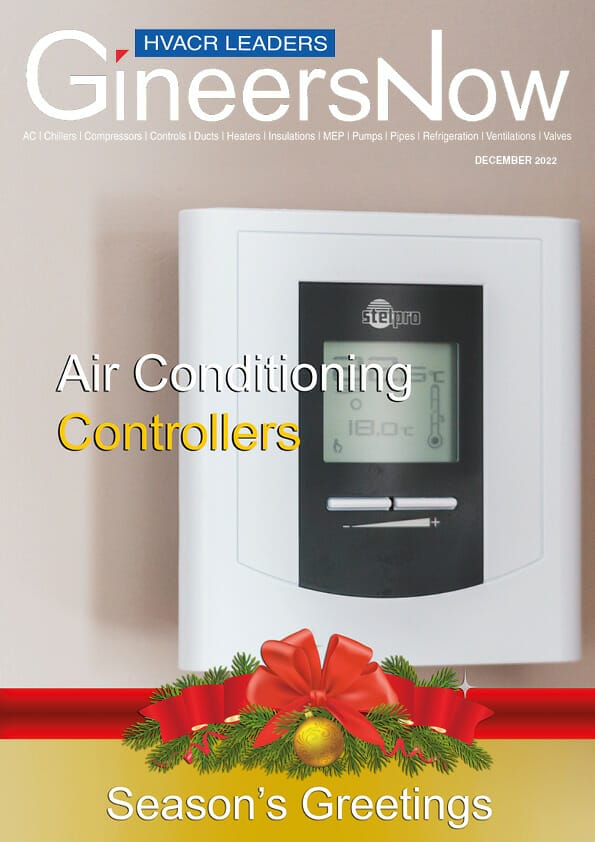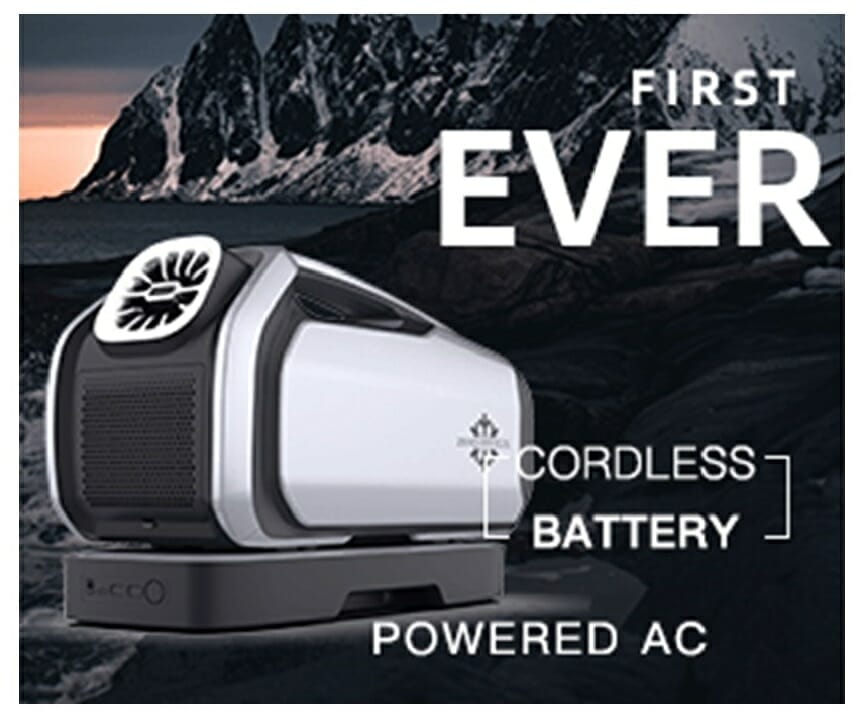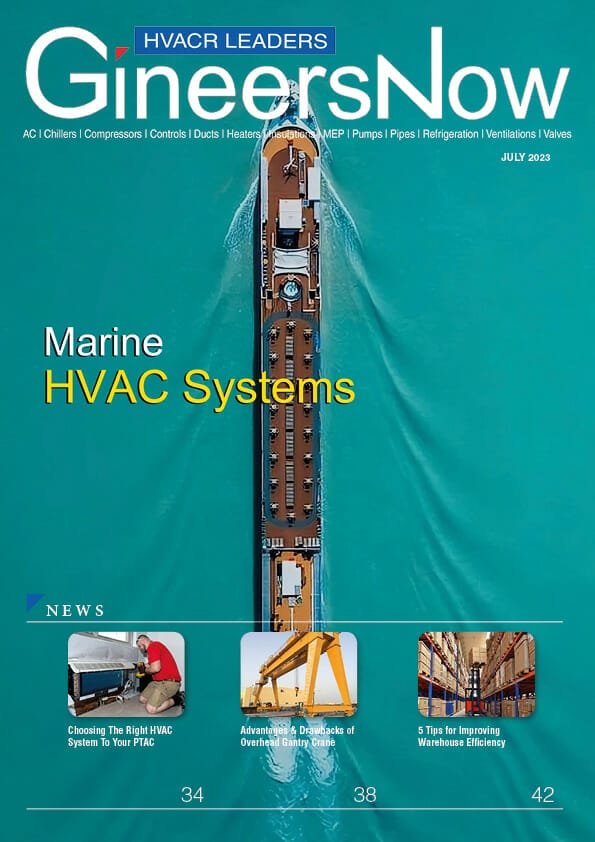In the modern world, air conditioning is a necessity in many buildings and homes. Air conditioning controllers or thermostats are devices that regulate the temperature, humidity, and air quality of a space. They are an essential part of any air conditioning system. Without a controller, an air conditioner would not be able to function properly. There are many different types of controllers available on the market, each with its own set of features.
In the hot summer months, air conditioning is a must in many places around the world. Air conditioning controllers are devices that help regulate the temperature and flow of air in a space. Without a controller, an air conditioner would not be able to function properly. There are many different types of controllers available on the market, each with its own set of features. Some of the most common features include timers, thermostats, and sensors.
What are air conditioning controllers?
An air conditioning controller is a device that helps regulate the temperature in your home or office. There are many different types of air conditioning controllers on the market, and they come in a variety of shapes and sizes. Some air conditioning controllers are stand-alone units, while others must be installed by a professional. No matter what type of air conditioning controller you choose, it is important to make sure that it is properly installed and maintained.
In very simple terms, an air conditioning controller is a device that regulates the operation of an air conditioner. It turns the unit on and off as needed, and adjusts the settings to maintain a comfortable indoor temperature.
There are many different types of air conditioning controllers available on the market, from basic models to more sophisticated units that can be programmed to suit your specific needs.
So, why do you need an air conditioning controller?
In the past, people used to cool their homes with the help of air conditioning units that had to be manually turned on and off. This was not only inconvenient but also inefficient.
With the advent of air conditioning controllers, however, cooling your home has become a lot easier and more efficient. Here are some of the reasons why you need an air conditioning controller:
1. It automatically turns on and off your air conditioner based on the temperature inside your home. This means that you don’t have to manually turn it on and off, which is very convenient.
2. It can also help you save energy because it only turns on the air conditioner when necessary. This is because it uses sensors to detect the temperature inside your home and only turns on the air conditioner when the temperature gets too high.
3. It can help you save money on your cooling bills. This is because the air conditioner will only turn on when necessary, which means it won’t be running all day and night, which in turn means that you won’t have to pay for the electricity used to run it.
How do air conditioning controllers work?
An air conditioning controller is a device that helps to regulate the temperature in a room or building. It does this by controlling the flow of air into and out of the room. The controller also regulates the speed of the fan, which helps circulate the air in the room. The controller is usually located near the air conditioner unit, and it is connected to the unit by a series of wires.
The controller works by sensing the temperature in the room and then turning on or off the air conditioner unit accordingly. It also regulates the speed of the fan so that it can circulate the air properly. The controller is usually located near the air conditioner unit, and it is connected to the unit by a series of wires.
The different types of air conditioning controllers
There are a few different types of air conditioning controllers out there. The most common type is the central air conditioner, which is controlled by a thermostat. This type of air conditioner turns on and off based on the temperature in the room and can be set to cool or heat the room as needed.
Another type of air conditioner is a window unit. These are usually found in apartments or small homes and work by cooling the air in the room they are placed in. Window units can be controlled by a remote or by manually adjusting the settings on the unit itself.
The last type of air conditioner is a portable unit. These are small units that can be moved from room to room and work by cooling the air around them.
The pros and cons of thermostats
As the weather gets warmer, many people rely on air conditioning to keep their homes and businesses comfortable. But there are a few things to consider before you purchase an air conditioning controller. Below are the pros and cons of air conditioning controllers to help you make an informed decision.
The benefits of air conditioning controllers
There are several types of air conditioning controllers, each with its own set of features and benefits. The most common type is the central controller, which is responsible for controlling the entire air conditioning system. Other types include the room controller, the zone controller, and the thermostat.
The central controller is the most popular type of air conditioning controller. It is responsible for controlling the entire air conditioning system, including all of the individual units. This type of controller is very user-friendly and can be easily programmed to suit your specific needs.
The room controller is another popular type of air conditioning controller. This type of controller is designed to control a single room or area within a home or office. Room controllers are often used in conjunction with central controllers to provide more detailed control over the air conditioning system.
The zone controller is a less common type of air conditioning controller. It controls areas within a home or office that are separated by walls.
The drawbacks of using thermostats
The use of air conditioning controllers has a number of drawbacks. One is that they can be expensive to purchase and install.
Additionally, if not properly installed or maintained, they can result in reduced energy efficiency and increased utility bills.
Finally, if there is a power outage, the controller may not work properly, which can be a major inconvenience.
How to choose the best air conditioning controller for your home
When it comes to choosing an air conditioning controller for your home, there are a few things to keep in mind.
- First, consider the size of your home and the number of rooms that you need to cool.
- Second, think about the features that you would like your controller to have.
- Lastly, compare prices from different brands to find the best deal.
The size of your home is an important factor to consider when choosing an air conditioning controller. If you have a small home, then you won’t need a controller with as many features as someone who has a large home. On the other hand, if you have a large home, then you’ll want a controller that can handle cooling multiple rooms at once.
Think about the features that you would like your air conditioning controller to have. Some controllers come with basic features like temperature control and timers.
How to properly maintain your air conditioning controllers
As the weather begins to warm up, it is important to make sure your air conditioning system is properly maintained. One part of the system that often gets overlooked is the air conditioning controller. Here are a few tips on how to properly maintain your air conditioning controllers:
1. Check the batteries: Over time, the batteries in your controller can begin to die. This can cause the controller to malfunction. To avoid this, check the batteries every few months and replace them when they start to die.
2. Clean the controller: Another way to keep your controller in good working condition is to clean it regularly. Dust and dirt can build up on the surface of the controller and cause it to malfunction. Wipe down the surface of the controller with a damp cloth every few weeks to keep it clean.
3. Store the controller properly: If you are not using your controller, store it in a safe location. Do not leave it out in the hot sun or let it get wet.
The future of air conditioning controllers
Heating, ventilation, and air conditioning (HVAC) systems are used in buildings to maintain indoor air quality and thermal comfort. The thermostat controller is the “brain” of the system, and it is responsible for turning the equipment on and off, regulating temperatures, and maintaining indoor air quality. The future of air conditioning controllers is looking bright, with new features that will make them more energy-efficient and easier to use.
One of the most promising new features for air conditioning controllers is advanced energy management. This feature will allow thermostats to automatically adjust HVAC settings based on real-time data from sensors that monitor things like outdoor temperature, humidity levels, and occupancy. This will not only save energy, but it will also improve comfort by ensuring that the HVAC system is only running when necessary.
Final thoughts: Why do we need air conditioning controllers?
Thermostats are important because they help to regulate the temperature in a room or building. They can be used to turn the air conditioner on and off, and to adjust the temperature. By having an air conditioning controller, you can save energy and money.
In conclusion, we need air conditioning controllers to help us save money on our energy bills, improve the quality of our indoor air, and to keep our family members comfortable. By using an air conditioning controller, we can set the temperature of our home to be just right so that we are not wasting money on cooling or heating our home.
Read GineersNow HVAC Magazine for FREE
Editor’s Note
Why do we need air conditioning controllers?
In air conditioning, a controller is a device that senses the temperature and humidity of the space and sends signals to the actuators to operate the damper blades. The controller also has an algorithm that determines how much cooling or heating is required to maintain the set point.
There are two main types of controllers: pneumatic and direct digital. Pneumatic controllers use air pressure to operate the damper blades, while direct digital controllers use electronic signals. Both types of thermostats have their own advantages and disadvantages.
Pneumatic controllers are more accurate than direct digital controllers, but they require regular calibration. Direct digital controllers are less accurate than pneumatic controllers, but they do not require regular calibration.
Both types of controllers have their own advantages and disadvantages, so it is important to choose the right type of controller for your needs.
The best air conditioning controllers in the market today
There are a few great thermostats on the market that can make your life a lot easier. The best one to get depends on your needs and budget.
The Nest Learning Thermostat is a great choice for those who want an easy-to-use controller that can be controlled from anywhere. It also has some great features like auto-away and energy-saving modes.
If you’re looking for a more affordable option, the Honeywell RTH6580WF is a great choice. It doesn’t have all the bells and whistles of the Nest, but it’s still a very capable air conditioner controller.
Finally, if you need something that’s even more affordable, the Ecobee3 Lite is a great option. It doesn’t have all the features of the other two thermostats, but it’s still a very good value for the price.
Where to install air conditioning controllers
In any home with central air conditioning, there will be at least one controller to manage the system. While some homes have a single unit that serves the entire house, others may have multiple units, each serving a different area or zone. There are a few factors to consider when deciding where to install your air conditioning controllers.
First, think about how you want to control the temperature in each room or zone. Do you want separate thermostats for each space, or would you prefer one central controller? If you opt for multiple thermostats, they can be placed near the air vents in each room so that they can more accurately gauge the temperature.
Another thing to consider is the ease of use. If you have young children or pets, you might want to place the controller out of their reach so that they can’t accidentally change the settings.
























